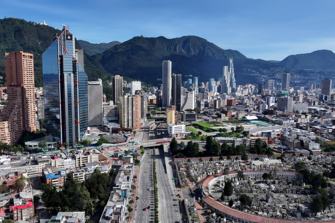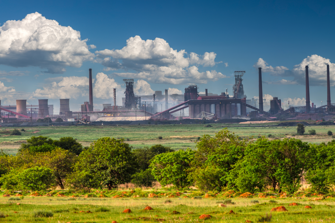#Çözümlerimiz
2026 TÜRKİYE EKONOMİSİNE BAKIŞ VE ŞİRKETLER İÇİN ÖNCELİKLİ RİSKLER
Türkiye ekonomisinde dezenflasyon süreci yavaş ama istikrarlı biçimde ilerliyor. Ekim ayı enflasyonu beklentilerle uyumlu gelirken, gıda fiyatlarındaki artış ve hizmet sektöründeki yüksek fiyatlar dikkat çekiyor. 2026’ya yaklaşırken özel sektörün önünde ise krediye erişim güçlüğü, yüksek faiz ortamı ve dış talep zayıflığı gibi temel riskler bulunuyor.nedeniyle faaliyetlerine son verdiğini gösteriyor. İşte tam bu noktada Coface’ın Ticari Alacak Sigortası ve Tahsilat Hizmetleri, işletmelerin finansal sağlığını korumak ve riskleri profesyonelce yönetmek için güvenilir bir çözüm ortağı olarak devreye giriyor.







